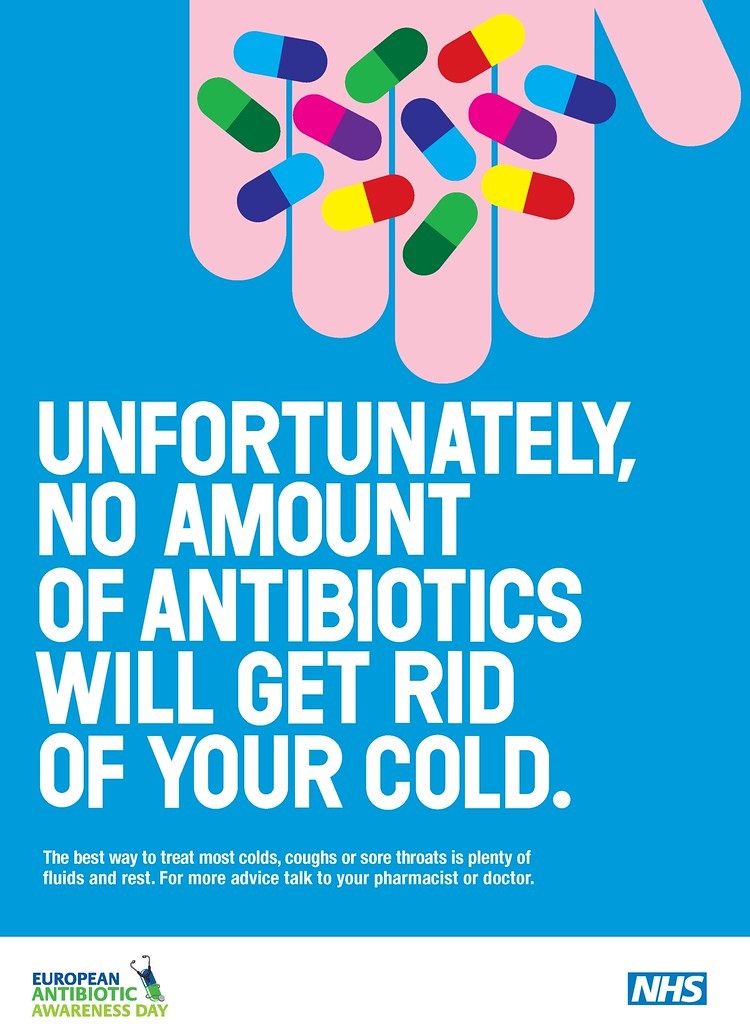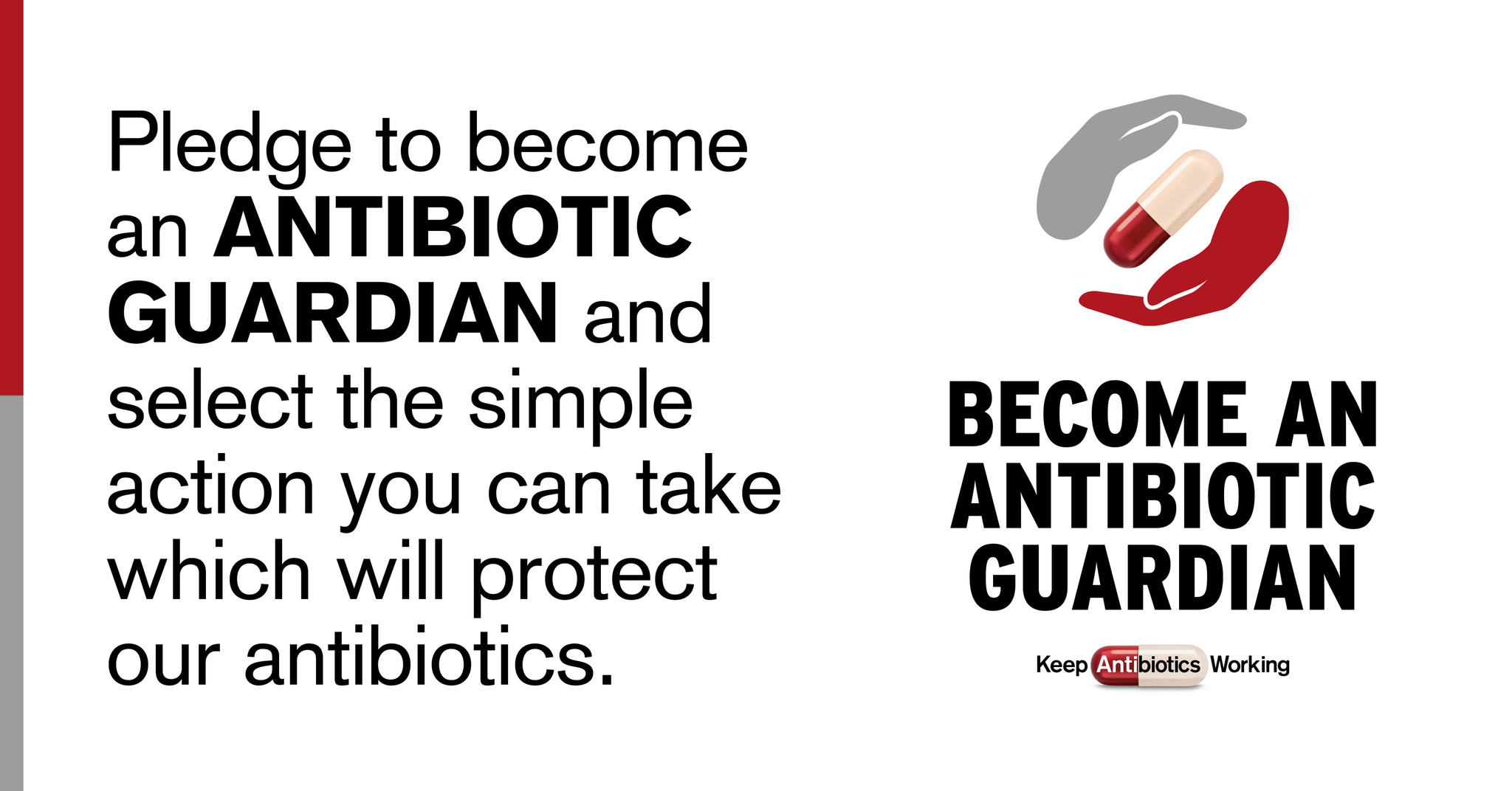This topic takes on average 55 minutes to read.
There are a number of interactive features in this resource:
 Science
Science
 Biology
Biology
Tackling antimicrobial resistance requires the help of members of the public, farmers, doctors, veterinarians, the government, and the pharmaceutical industry. There are many approaches that will need to be used together if the spread of antimicrobial resistance is to be effectively tackled.
Appropriate use of antimicrobials can help to reduce the spread of antimicrobial resistance. Resistance can be minimised if antimicrobials are used appropriately.
The appropriate use of antimicrobials is incredibly important for keeping antibiotic resistance to a minimum. Using the prescribed dose for the correct time, using the right treatment for the infection, and only using medicines prescribed to you or the individual infected can help slow the spread of resistance.
The appropriate use of antimicrobials refers to using the prescribed dose for the defined time and using the right treatment for the infection (for example, reserving an antibiotic treatment for a bacterial infection, not for a viral infection). Healthcare professionals – doctors, nurses, and vets – amongst other professions can help to inform those using antimicrobials on their appropriate use to avoid increasing antimicrobial resistance unnecessarily.

Tests to identify pathogens can take more than 48 hours, meaning that doctors and vets must sometimes begin treatment before they know what they are treating, in order to give the medicine time to work and prevent the patient from becoming more ill. If the results are different to the health professional’s initial diagnosis, this can lead to inappropriate antimicrobial usage and increased resistance. Tests that could identify a pathogen more quickly would eliminate this without putting the patient in danger. There is much research underway to try and develop quicker, more effective diagnostic tests that would allow bed-side (or pen-side in the veterinary world) diagnosis of the infection, allowing a better prescribing decision to be made.
As with the recent outbreak of Covid-19, infection and spread can be dramatically reduced by improving sanitation (such as hand washing, regular cleansing and disinfection) in healthcare settings such as hospital, in farm settings, in food preparation areas and in day-to-day life.
Vaccination produces immunity in people, meaning they are protected from future infection. Those who have been vaccinated and have immunity can no longer act as a host for the infection and are prevented from passing it onto others.
Vaccines can play a role in tackling antimicrobial resistance by ensuring greater uptake of existing vaccines for prevention of disease in people and animals. There is also much ongoing research into developing new vaccines against commonly occurring infections in both people and in animals.
With fewer people or animals becoming infected (where they have been vaccinated against a relevant disease), the risk of them becoming infected and sick is eliminated, meaning that there is less of a need for antimicrobials, and reduced use of these essential medicines can help prevent the development of antimicrobial resistance.
Surveillance of resistance refers to tracking the levels of resistance globally or within a population, to identify which pathogens have developed resistance and to which antimicrobials. This can help predict which infections are likely to cause harm and help doctors and vets to treat these infections with an appropriate antibiotic
The World Health Organisation (WHO) defines ‘Critically Important Antibiotics’ as those that:
There are only a limited number of antibiotic classes and many of these need to be used for both animal and human health. However, the antibiotics that are used in animals are always a veterinary specific formulation of the drug and are assessed by independent scientific regulators for safety (both human and animal safety) before they can be used in animals.
Between the 1940s - 1980s, scientists were discovering more and more antibiotic compounds. If bacteria developed resistance, doctors were confident they could just switch to a different antibiotic to treat the infection. More recently, the discovery of new antibiotic compounds has slowed significantly. No new classes (or groups) have been discovered since the 1980s. It has become too much of a risk for pharmaceutical companies to invest millions of pounds trying to discover new antibiotics in a process that can take up to 15 years. Pharmaceutical companies were forced to cut back or pull out of antibiotic research, and the antibiotics used today are derived from classes that had been discovered by the mid-1980s. We have to therefore keep the ones we have effective for as long as possible.
The World Health Organisation (WHO) has set out a list of ‘Critically Important Antibiotics’. The World Organisation for Animal Health (OIE) also set forward a list of antimicrobials that are important to animal health, and there are a high number of medicines that are on both lists. This includes antibiotics used to treat serious infections in humans and animals that are caused by bacteria which have become resistant to most treatments. To treat human and animal diseases effectively without increasing antimicrobial resistance to these ‘Critically Important Antibiotics’, these and other antimicrobials must be used responsibly. For critically important antibiotics, using them responsibly means reserving them for use to treat infections that won’t respond to treatment with any other antibiotic.
Responsible use can save the lives of both animals and people and preserve and conserve antibiotics for the future, meaning they will remain available and effective to treat both human and animal infections. By using fewer antimicrobials in humans and animals, there is a lower chance of bacteria becoming resistant1.
The Responsible Use of Medicines in Agriculture Alliance (RUMA) was established in the UK in 1997 and promotes high standards in food safety and animal health and welfare. RUMA have set out guidelines for famers and veterinary surgeons on both the use of antimicrobials and in how to reduce the need for antimicrobials. These guidelines include:
More recently, the RUMA Targets Task Force has also helped to coordinate a successful UK voluntary approach to the responsible use of antibiotics2. This approach has been very successful with the UK usage of antibiotics in animals more than halving from 2014 to 20183.
The ‘Antibiotic Guardian’ is an initiative run by Public Health England to encourage members of the public and healthcare professionals to help slow antibiotic resistance and share how they are using antibiotics responsibly. By using medicines responsibly, in both humans and animals, this prevents the increase in antimicrobial resistance so that important medicines remain available and effective for those individuals who need them4.

Farm antibiotics website - here
This website is about antibiotics and UK farming, providing news, facts, statistics, science and links to industry and government reports.